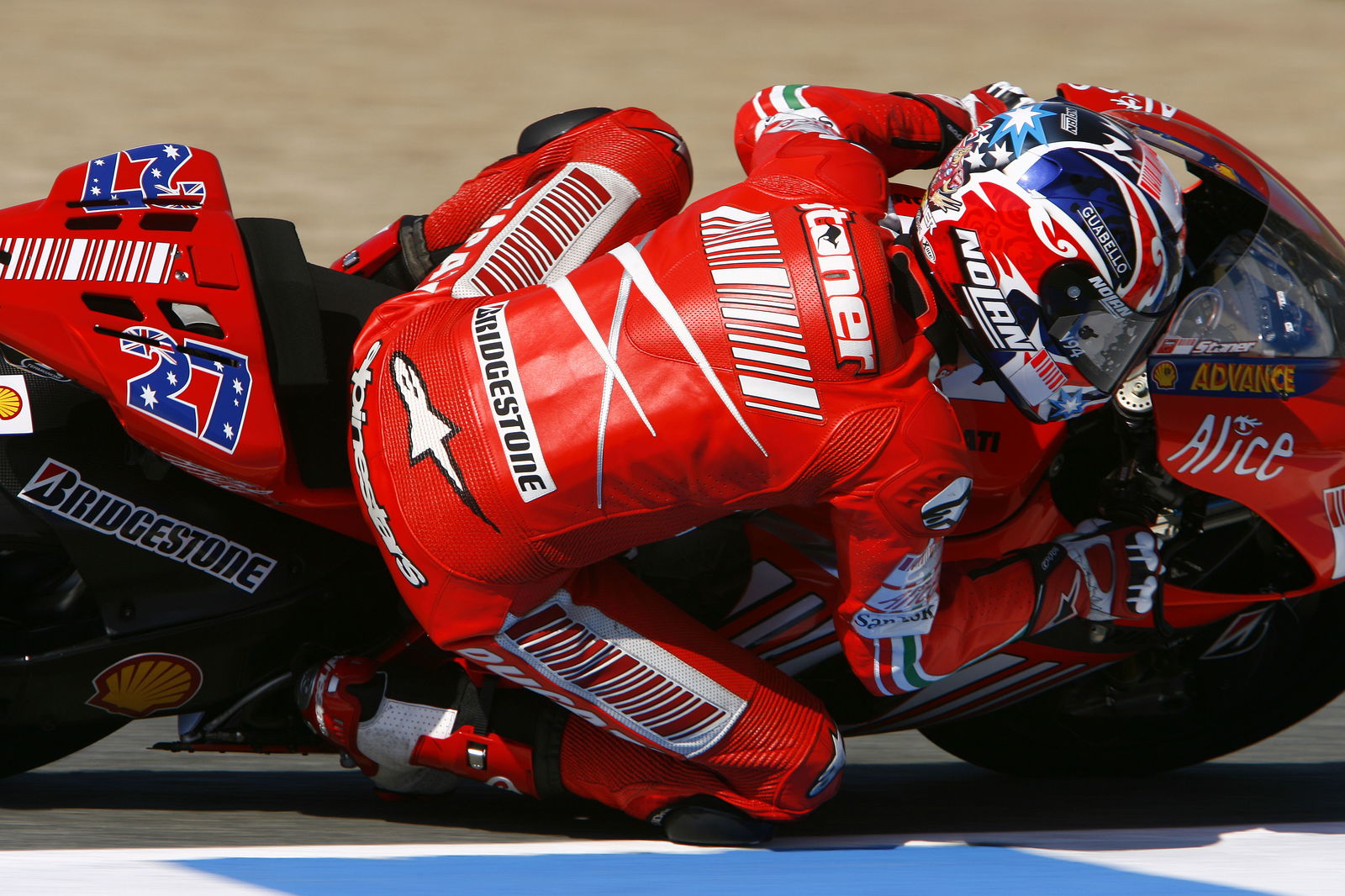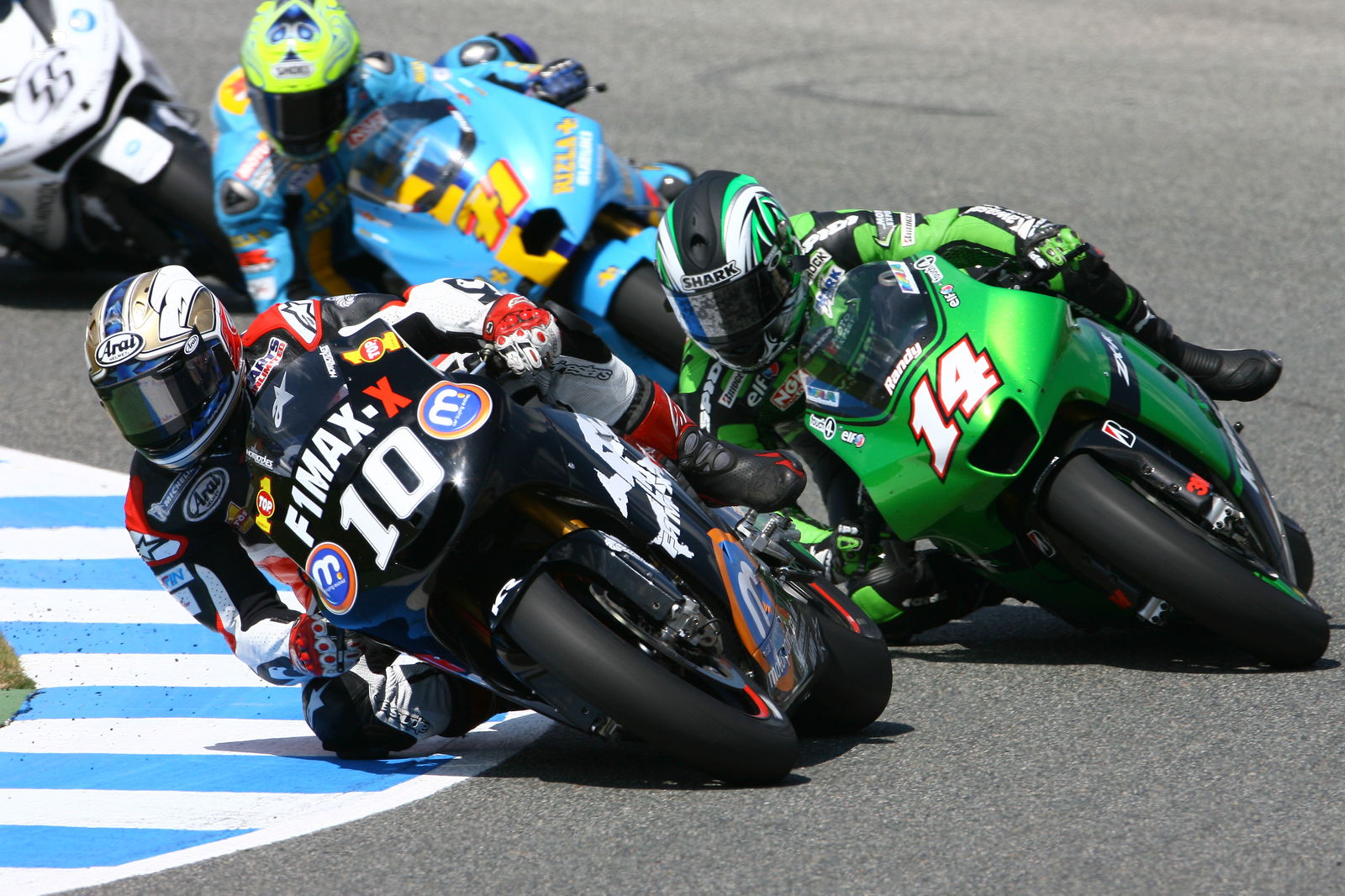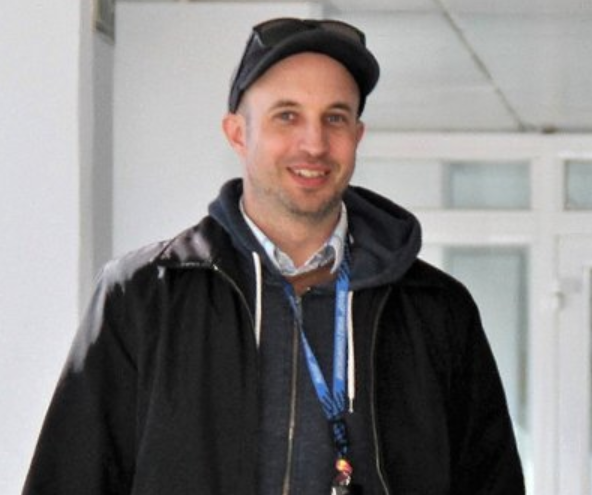Q&A: Harald Bartol - KTM.
Red Bull KTM technical director Harald Bartol is the man in charge of developing the Austrian marque's 125 and 250cc machines into grand prix winners.
Here, Bartol answers questions on the season so far, the development of KTM's machines, new signing Steve Bonsey, his verdict after the first Red Bull KTM Rookie's Cup race and more...

Red Bull KTM technical director Harald Bartol is the man in charge of developing the Austrian marque's 125 and 250cc machines into grand prix winners.
Here, Bartol answers questions on the season so far, the development of KTM's machines, new signing Steve Bonsey, his verdict after the first Red Bull KTM Rookie's Cup race and more...
Q:
At the first grand prix in Qatar, Aprilia seemed unbeatable. But at the second race in Jerez, the KTM seemed as quick. Was that a pleasant surprise?
Harald Bartol:
I didn't expect anything else. I wouldn't have understood where Aprilia's big advantage came from, despite their new system with the rotary valve now sitting behind the cylinder. Alvaro Bautista created big hopes for Aprilia when he dominated the field with this new bike in the final race last season. But it was he as a rider that was superior, not the bike.
Guys like Mattia Pasini would now have more chances to fight for race wins and the title if they were, like Gabor Talmacsi, on Aprilia's old 125 cc version. The new rotary valve system is still full of technical problems. It's just too new yet.
Having said that, I don't want to hide the fact that Aprilia's overall package is currently better than ours. The bike is easier to ride and easier to set up. We had different priorities last winter and now we have to catch up in this area.
Q:
But aren't two-stroke engines with a reed valve intake, like the KTMs, easier to manage and more user-friendly than engines with a rotary valve intake?
Harald Bartol:
Who says that? This is nothing but an old rumour that certain people repeat in order to protect themselves. When reed valve engines first came out many years ago, the driveability was indeed better - because other components on these bikes, like the electrical systems, were further advanced. But in general, rotary valve engines with their fixed valve timing are much easier to manage than reed valve engines with their reed valves doing whatever they want to do as far as valve timing goes. The fact that we at KTM developed reed valve engines has other reasons: The construction is less complicated and, at the end of the day, it's less expensive.
Q:
One of KTM's highlights of the season so far has been American teenager Steve Bonsey, who took points in Jerez with hardly any road racing experience at all. What do you expect from him?
Harald Bartol:
He is still learning, but he is learning fast. I really believe in this guy. He has the attitude of a true racer, and he's got a lot of dirt track racing experience. It's obvious that he can't acquire all road racing skills overnight, but it is only a matter of time until he develops the feeling for grand prix racing. I am sure that we will hear a lot more from Steve as the season goes on.
The whole story started when we couldn't find a potential race winner for this year. Then Kenny Roberts rang and told us about Steve, and we decided to take a risk and throw him in at the deep end. Of course he wants to end up in MotoGP racing one day, but I am convinced that going through the small two-stroke categories is the best path to take.
If Nicky Hayden had started his road racing career on such a motorcycle, he wouldn't have the problems that he's got now. Superbike racing just doesn't get you where you need to be for grand prix racing.
Q:
So far, you haven't had much to celebrate in the 250cc class. Hiroshi Aoyama being injured, and Mika Kallio's bike stopping in both races. Were these mechanical failures just bad luck or is there more to it?
Harald Bartol:
We have tried to analyse what happened as thoroughly as possible, and found out that it was a combination of bad luck and other factors. The broken piston ring that caused Kallio's bike to seize in Qatar was not a supply problem but a machining one, which had to do with our time restraints. The only bad luck was the fact that this piston ring broke at that particular moment.
As far as the broken gear sprocket on Kallio's bike in Jerez goes, it turned out that we somehow reached the limit of what our current material can take. For the future, we have to think how to strengthen certain parts. For now, we just have to shorten the replacement intervals of these items.
Q:
Given that the Red Bull KTM 125 was one of the fastest bikes on the track in Jerez, is there a chance for the twin-cylinder Red Bull KTM 250 to be the same once all problems are sorted?
Harald Bartol:
So far, we have concentrated all of our efforts with the 250 on rideability. We are also working on new performance parts, but we will only introduce them for the race in Shanghai. If everything works out the way we hope, then our 250 will be clearly faster than it is now. But we also have to be careful: There is some homework left for us to do with the balance shaft, and all in all, the mechanical system of the 250 is much more complicated than the 125.
Q:
The first Red Bull KTM Rookie's Cup race in Jerez was exciting to watch. Was it also a success from your point of view?
Harald Bartol:
We arrived in Spain with butterflies in our stomachs because everything had happened at such short notice, and we didn't know how it would all work out. But I have to thank the entire crew. They did a great job.
You have to consider that we not only have rookies riding these bikes but also apprentices doing all the service work. Minor incidents apart, this system worked really well.
This cup is surely the best that I have ever seen. It exactly meets the goals that Red Bull has set: from the overall presentation in the paddock and on the track to the fact that it will flush out the most talented riders, regardless of their background or household income.


